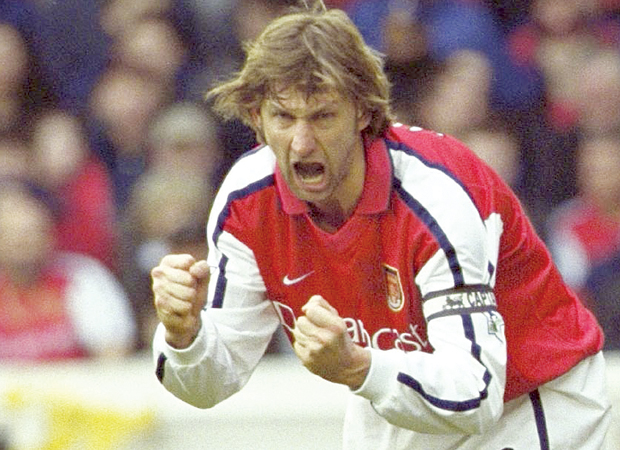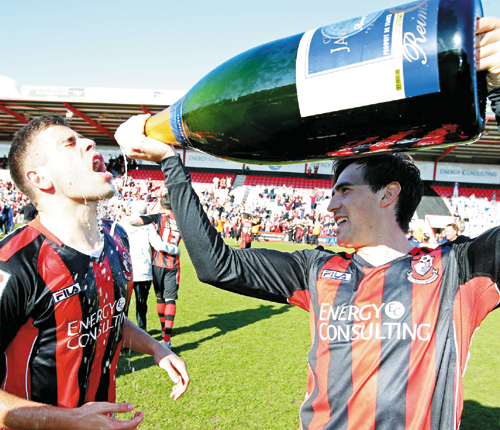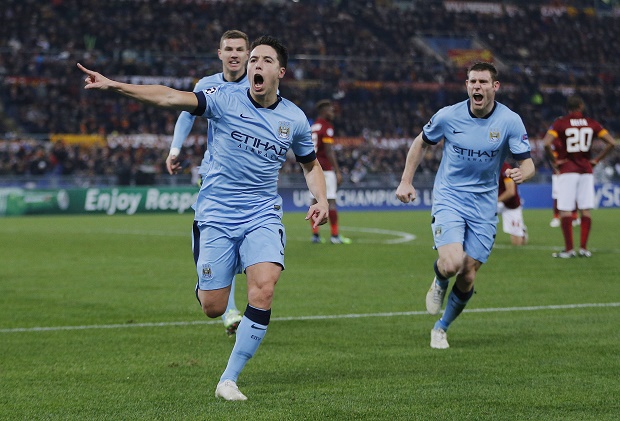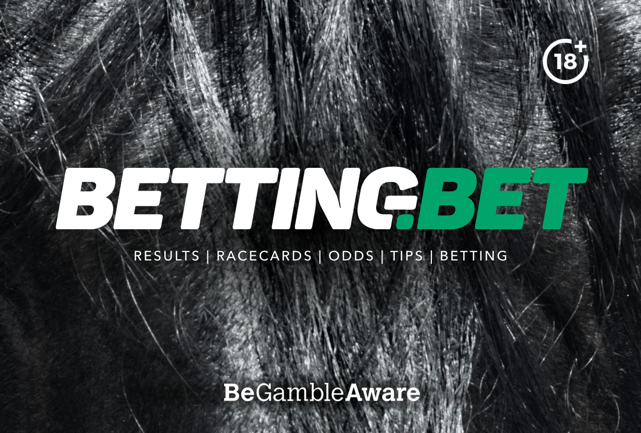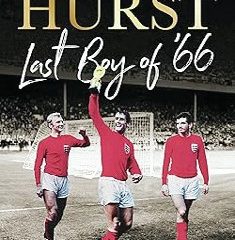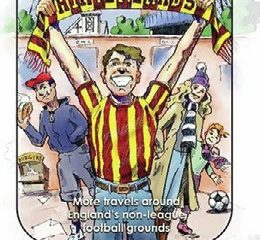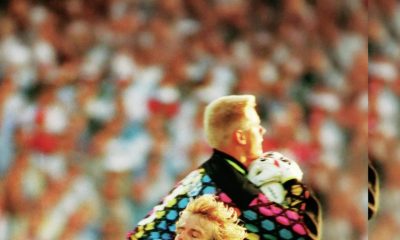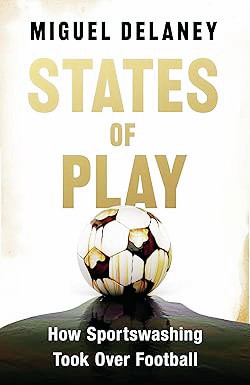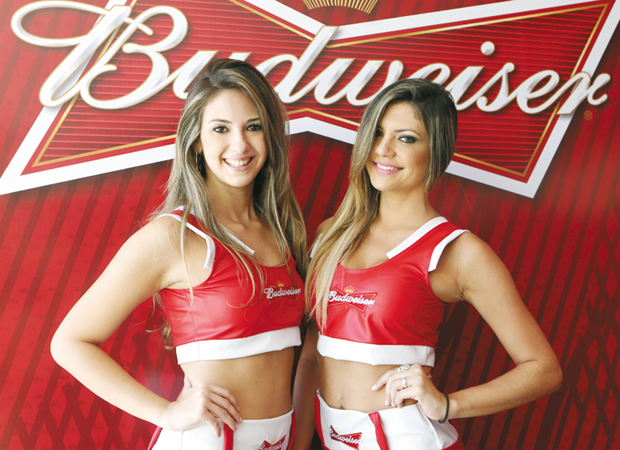
A recent report has revealed that alcohol brands are shown approximately two times a minute during televised Premier League and Championship football matches.
Researchers studied six matches that were broadcast on the BBC, ITV and Sky Sports in the UK for references to alcohol brands – either seen on screen or heard in commentary. They also looked at conventional advertising for comparison.
In 18 hours and 21 minutes of broadcast time (the total for the six matches combined), there were 2,042 visual references to alcohol, mostly in the form of beer logos or related branding at pitchside, plus 32 additional verbal mentions of alcohol brands from the commentators referring to the alcohol brand sponsoring the event (“the FA Cup with Budweiser”, for example).
This compares to the 17 formal alcohol commercials shown during the matches at half time, which contributed to a mere 0.6% of the broadcast time.
The matches the researchers picked had a combined UK audience of more than 15 million people, including a certain number of viewers who had watched all of some of the other games.
The report’s lead author Dr Jean Adams told BBC News: “I guess I hadn’t appreciated quite how pervasive the marketing is. I thought that [where the money was spent] was adverts in shops. I think it’s so normal we don’t notice it anymore, and it took me to stop and count to notice.”
She continued: “Alcohol causes such a large range of problems, a range of health problems from sore head the next morning to deadly liver disease.”
The researchers also pointed out that guidelines set up by the Portman group, the voluntary code of practice for alcohol advertising, state that alcohol advertising “should not be targeted at under-18-year-olds”.
However, the visual and audio references to alcohol brands bypass these guidelines as they are not part of the actual advertising breaks. The charity Alcohol Concern reported in 2010 that up to 5.2 million children between the ages of four and 15 years-old would have seen alcohol advertising on TV during the 2008 UEFA European Championship alone.
Dr Adams is concerned about the amount of brand information that is presented outside traditional commercials in this way, as this is often less noticeable, yet still has a brand awareness and reinforcement effect:
“We know that it has an effect, on kids particularly. If we care about protecting our children, we should care about the things that are harming them. So I think we should be worried.
“You stop noticing it, it’s become normal. That means these brands are normal to us, we expect to see them in all sorts of walks of life, and so by extension that drinking is just very normal.”
Dr Adams was asked whether she thought that this kind of marketing contributed to the ubiquity of alcohol in UK society. She responded: “I can’t believe that it doesn’t contribute to it.”
A spokesman for the Portman Group told BBC News: “National trends around alcohol consumption are encouraging. Government figures show that fewer and fewer children are even trying alcohol and the number of adults that drink to harmful levels is also falling.
“The drinks industry is committed to responsible marketing practices in all forms to help continue these positive national trends.”
Prof Matt Field from the University of Liverpool, who was not involved in the study, stated that: “Not so long ago, tobacco advertising was plastered all over racing cars and snooker venues. That has since been banned and perhaps we need to do the same for alcohol and sport, if it’s a way of introducing beer to young people.”
Football and sponsors/advertisers enjoy a symbiotic relationship – each profits from the other. If you ban alcohol advertising and tournament sponsorship in the same way that tobacco advertising and sponsorship was banned in the early 2000s whose branding will we see?
An article on Soccer Lens (http://soccerlens.com/the-worlds-biggest-soccer-sponsors/52174/) details the biggest sponsors in football. These are Coca-Cola, Nike, McDonald’s, Barclays Bank, Anheuser-Busch InBev (owners of the Budweiser brand), adidas, Puma, Visa, bwin, Pepsi, Carlsberg, Red Bull, Volkswagen, Mastercard and Emirates.
“Coca Cola has had stadium advertising at every World Cup since 1950 and has been an official World Cup partner since 1978. Coca-Cola’s World Cup 2010 campaign had a presence in 170 countries and that sponsorship deal was recently re-carbonated until 2022. Coca-Cola also has a long-term deal with UEFA, and will be an official UEFA partner for Euro 2016.
“(McDonald’s) can afford to copy Coca-Cola’s approach and be long term sponsors of both the FIFA World Cup and the UEFA European Championship. In addition, McDonald’s also sponsors the English Football Association’s grassroots coaching efforts.
“(Anheuser-Busch InBev) owns the Budweiser brand, which is a long-standing Official Beer of the FIFA World Cup.
“Carlsberg’s name was on every Liverpool shirt from 1992 to 2010 (but no more) and has adorned FC Copenhagen’s shirts since 1999. Carlsberg is also a long-term sponsor of the UEFA European Championship, from Euro ’88 until at least Euro 2012.”
Ban alcohol and Carlsberg and Anheuser-Busch InBev would disappear from the mix, leaving betting, fast food, fizzy drinks, banking, sportswear and airlines, but where do you draw the line?
Extending bans for the sake of not exposing children and teenagers to products and brands liable to influence their consuming habits or damage their health to their logical conclusion; adverts and references to fast food, soft drinks high in sugar, gambling and potential debt in the form of credit card borrowing should surely also face a moratorium.
What does that leave with? Well, going by the list above it leaves you with the sportswear manufacturers and car manufacturers – big fish in a small pool. Other non-controversial or contentious advertisers such as Ford and Continental tyres (who already sponsor the European Championships and coverage of the Champions League) would fill the void left by the banned brands, changing the landscape of sports advertising.
With less competition, these mega brands would undoubtedly advertise and sponsor more, further controlling what the television audience is exposed to.
Giles Metcalfe is interested in the game and football culture as a whole. Follow him on Twitter – @giles_metcalfe


Book Reviews
Book Review: Chris Towers finds right mix

Book Reviews
Book Review: Sir Geoff Hurst hits net
